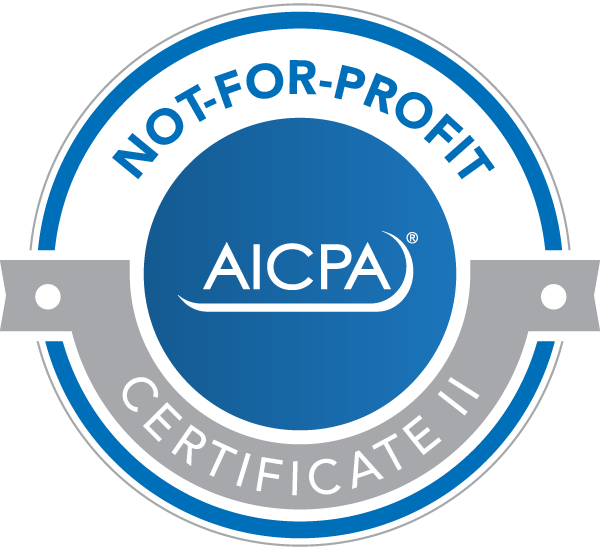Employer-provided life insurance is a coveted fringe benefit. However, if group term life insurance is part of your benefit package, and the coverage is higher than $50,000, there may be undesirable income tax implications.

Tax on income you don’t receive
The first $50,000 of group term life insurance coverage that your employer provides is excluded from taxable income and doesn’t add anything to your income tax bill. But the employer-paid cost of group term coverage in excess of $50,000 is taxable income to you. It’s included in the taxable wages reported on your Form W-2 — even though you never actually receive it. In other words, it’s “phantom income.”
What’s worse, the cost of group term insurance must be determined under a table prepared by the IRS even if the employer’s actual cost is less than the cost figured under the table. With these determinations, the amount of taxable phantom income attributed to an older employee is often higher than the premium the employee would pay for comparable coverage under an individual term policy. This tax trap gets worse as an employee gets older and as the amount of his or her compensation increases.
Your W-2 has answers
What should you do if you think the tax cost of employer-provided group term life insurance is higher than you’d like? First, you should establish if this is actually the case. If a specific dollar amount appears in Box 12 of your Form W-2 (with code “C”), that dollar amount represents your employer’s cost of providing you with group term life insurance coverage in excess of $50,000, less any amount you paid for the coverage. You’re responsible for federal, state and local taxes on the amount that appears in Box 12 and for the associated Social Security and Medicare taxes as well.
But keep in mind that the amount in Box 12 is already included as part of your total “Wages, tips and other compensation” in Box 1 of the W-2, and it’s the Box 1 amount that’s reported on your tax return
Possible options
If you decide that the tax cost is too high for the benefit you’re getting in return, find out whether your employer has a “carve-out” plan (a plan that carves out selected employees from group term coverage) or, if not, whether it would be willing to create one. There are different types of carve-out plans that employers can offer to their employees.
For example, the employer can continue to provide $50,000 of group term insurance (since there’s no tax cost for the first $50,000 of coverage). Then, the employer can either provide the employee with an individual policy for the balance of the coverage, or give the employee the amount the employer would have spent for the excess coverage as a cash bonus that the employee can use to pay the premiums on an individual policy.
Contact us if you have questions about group term coverage or whether it’s adding to your tax bill.
- Evaluate whether a Health Savings Account is beneficial to you - September 19, 2023
- Investment swings: What’s the tax impact? - September 12, 2023
- Plan now for year-end gifts with the gift tax annual exclusion - September 5, 2023
- Selling your home for a big profit? Here are the tax rules - August 29, 2023
- The tax consequences of employer-provided life insurance - August 22, 2023









